|
|
AVRO Project 1794
aka "SILVER BUG" and "project Y-2"
|
|
|
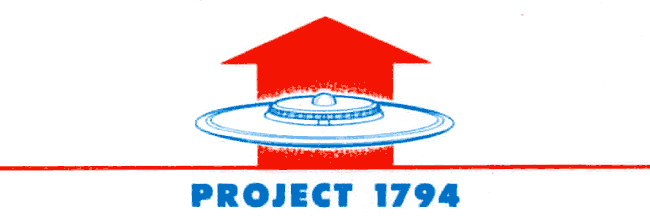
There are no photos of it flying. Or should I say; not yet?
Click here to get the coolest technical drawing (below here) in very high quality.
|
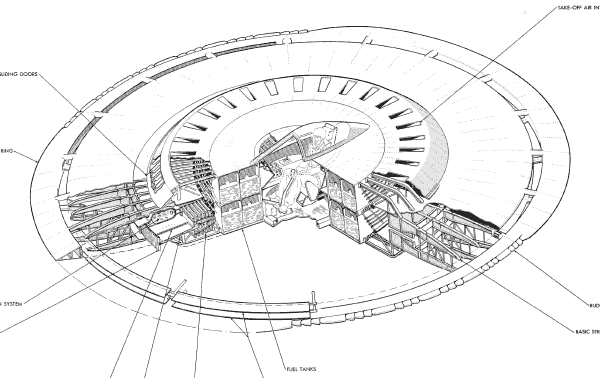
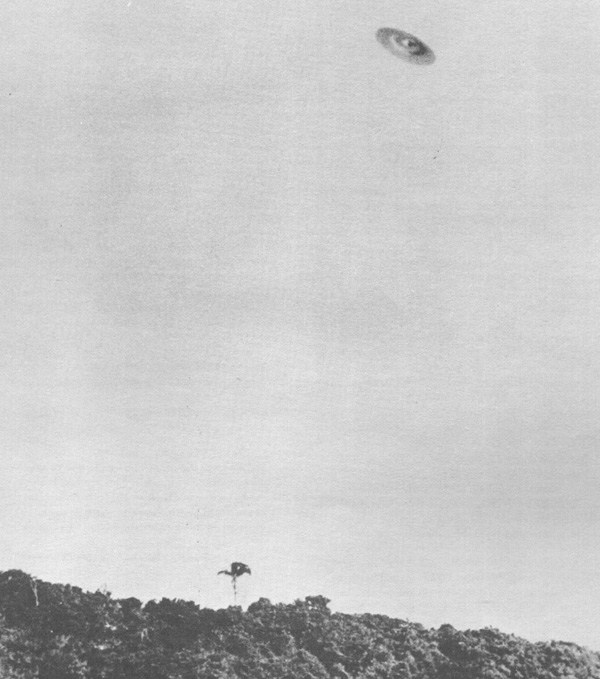
No no no. These are not photos of it flying. Why think that?
They didn't make a full scale flying version.
This photo is of an UFO, in Barra da Tijuca, Brazil, 1952.
That would actually a bit early, considering the avrocar start date of around 1952.
Next a close-up:
|
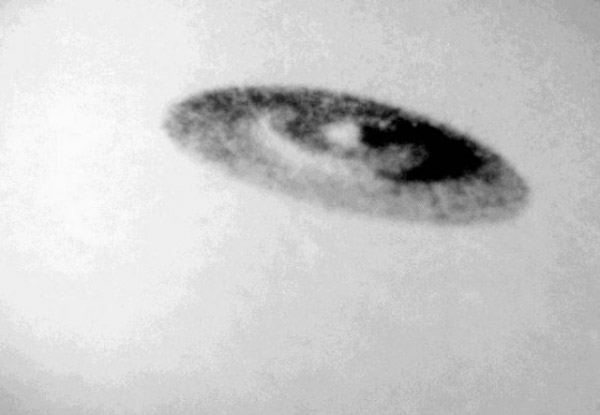
|
|
The other main source of information, is the:
Project Silver Bug report, Project no. 9961, 15 February 1955
Down here, the complete Silver bug report:
|
The complete Silver bug report can also be downloaded as a PDF, here.
Originally posted on 01-May-1998 by CUFON
The images are scanned to bright..
I don't have the originals, so I can't improve the image quality.
|
"On October 25, 1955, US Air Force secretary Donald Quarles held a press conference in the Pentagon at which he released information on Avro Canada's USAF-funded project to build a supersonic, vertical takeoff and landing (VTOL) saucer-shaped aircraft. Known within the Air Force by its contract number, MX-1794, and by code names such as "Silver Bug," the craft had been under development in Toronto for about two years."
|
AVRO project "P.V. 704"
1956 - 1958 (P.V. standing for "Private Venture")
|
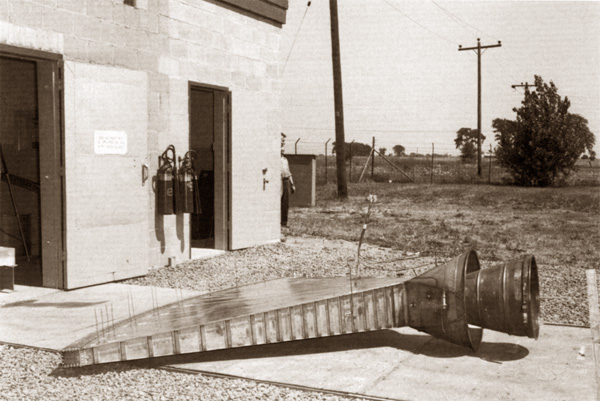
|
The six-engine viper test rig, not only a paper design, it's real!
The engine rig was designed to use up to six small Armstrong Siddeley Viper 8 turbojets to drive the giant impellers. The "six-Viper test rig" was a self-contained enclosed outdoor stand which consisted of the central section of the saucer vehicle, a control room, fuel supply and exhaust ducting.
|
|
|



